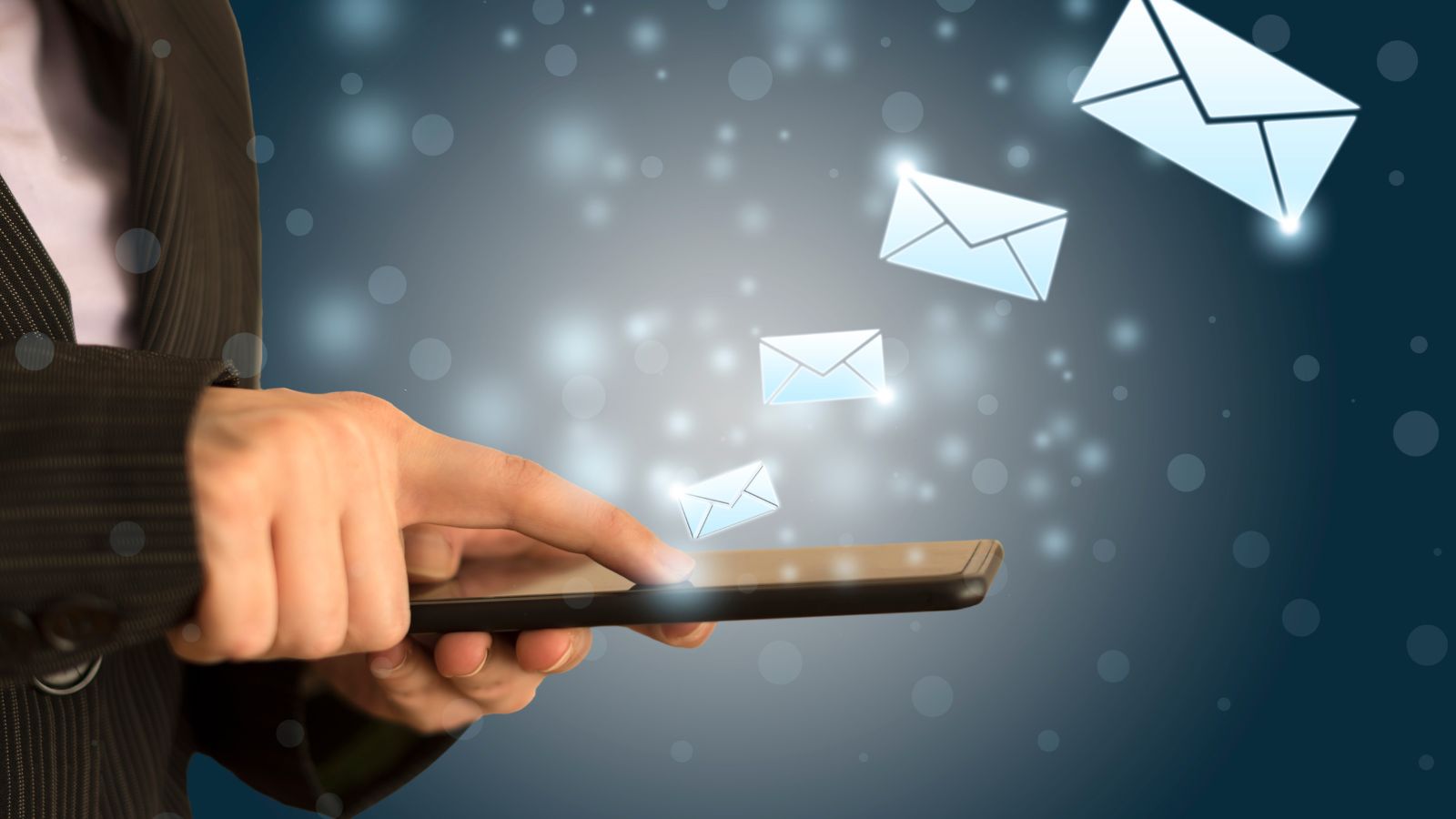
Organisation of work requires efficient handling of emails especially in today’s fast pacing working environment. Following the email management best practices help save much time and leave work with less stress. Here are some tips that will help you tackle your inbox like a pro: Utilise strategies that improve the organisation’s efficiency. First of all, it might be effective to incorporate an html email template to ensure that whatever you’re sending comes off as professional and formal.
Develop A Clear Email Categorisation System
Creating Categories and Labels
Among the key principles of efficient e-mail management it is necessary to identify creation of a proper filing system. If you tag your emails properly, it becomes possible to find a particular thread or document within a short time. This system can be as simple as tags such as “Important,” “For Later,” “Clients,” or “Projects”.
Prioritising Emails
You have to be selective when it comes to the emails that you receive. Learn which messages should be answered right away and which ones can be left for later. This way it becomes easier to manage time and ensure that important communication is not missed.
Utilising Folders and Archives
Use folders and the different features that come with archiving to ensure that the inbox remains clean. File off used conversations to an archive or particular works folders to retain your inbox organised. It also helps to reduce the amount of clutter and have a more tolerable amount of emails.
Schedule Precise Time Intervals To Work On Emails
To be more efficient it is recommendable to designate certain times of the day for going through one’s emails. This helps to avoid turning emails into a constant distraction from other work that can be done. For instance, it is possible to check emails upon coming to work, midmorning, after a lunch break, and before going home to ensure that one is updated but it does not interfere with work.
Make Use of E-Mail Management Tools and Filters
Automation Tools
Implement electronic communication tools that may assist in filtering the incoming e-mail messages. Applications such as auto-sorting, tagging, alerting essential messages, or establishing auto-reply can reduce time consumption and enhance productivity.
Filters and Rules
Filtering and rules are considered to be essential for the effective management of e-mail.

Organisers can categorise incoming e-mail to folders of your choice based on certain parameters you specify like sender, keyword or importance.
Integrations and Add-Ons
Today, most email clients come with built-in additions and plugins that help to improve usability. These might include task management integrations or tools that can offer the client more filtering and sorting options to improve the efficiency of your email workflow.
Clean and Maintain Your Email on a Routine Basis
Unsubscribe from Unnecessary Lists
A rather obvious but still helpful tactic to keep your inbox in check is to take your time and delete the newsletters or updates you do not bother to read. This minimizes the number of new messages that come in and assists in keeping the inbox fresh.
Routine Cleaning
Create a standard routine that you use for deleting emails. It involves removing old messages, including those that are no longer needed, as well as pressing the delete key to empty the trash folder in order to make your email client run efficiently.
Implement Responsive Email Protocols
Adapting email management best practices at work is one of the most effective ways of addressing communication issues more effectively in an organisation. The above guidelines help in demystifying the approaches used in handling emails hence improving the overall productivity while reducing stress levels related to emails.

First of all, one should consider setting proper expectations of response time for the team and clients and explaining when they will receive responses to the non-emergency inquiries. For frequently made queries and often received propositions, there is a need to resort to the use of scripts or automates messages. This not only makes it faster to reply but it also ensures that the reply is coherent with the rest of the conversation or message. Also, arrange the email messages by importance and due dates and use indicators or notifications for messages that deserve the attention immediately.
Conclusion
Implementing the mentioned best practices for email management can change the approach to communication and eliminate the feeling of information overload. When using the proper tools, following an organisational structure, and performing routine servicing of your inbox, you can easily become an email guru. Just bear in mind that the main point of all this is consistency and ongoing optimisation of your chosen approaches based on your growing workload and changing priorities.







